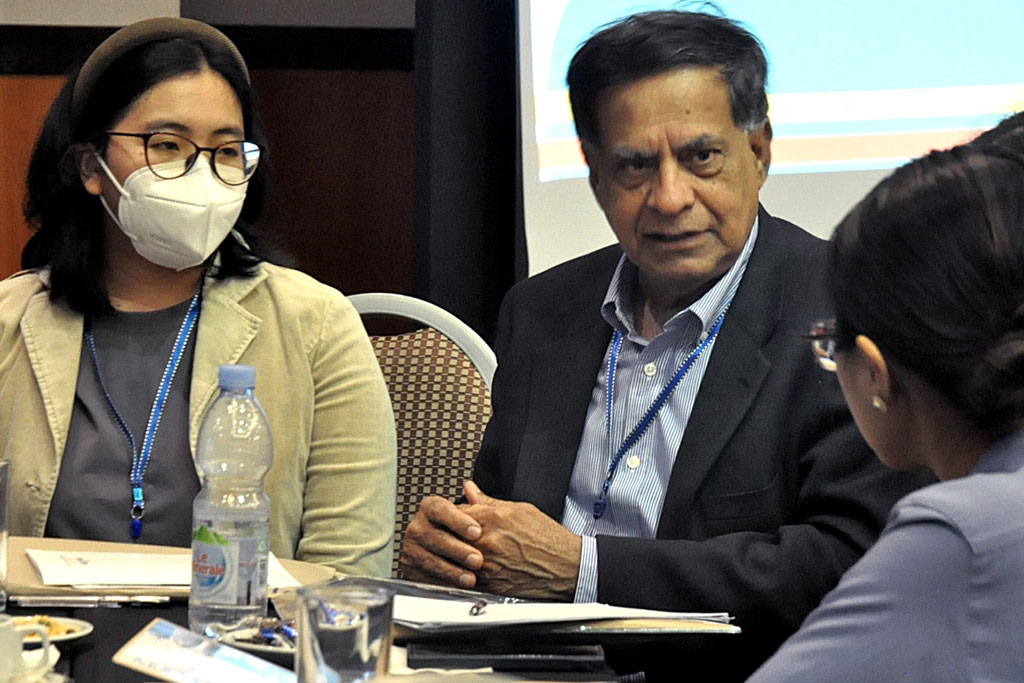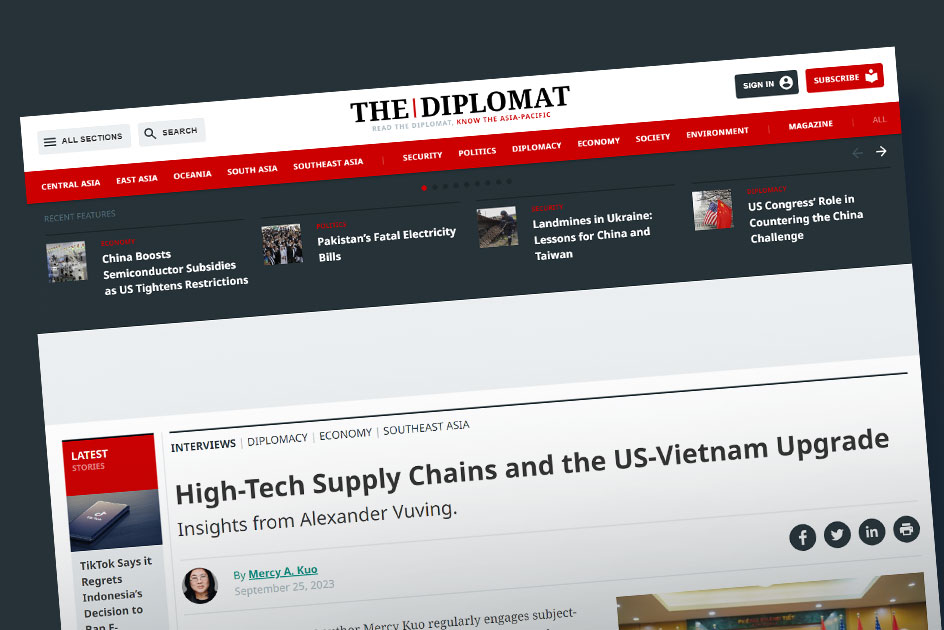“Effects of Climate Change on Volcanic Emissions and Health Security in Hawaii by 2050” is the latest paper by Dr. Deon V. Canyon and Dr. James R. Campbell.
According to the authors, not only will climate change modify the weather, it is also predicted to influence volcanic emissions directly. This change impacts air quality in Hawaii as well as quality of health for those who are sensitive to vog and/or allergens.
“While the rate of vog production in Hawaii is natural, unavoidable and unmodifiable, weather-related climate changes do impact on vog distribution,” states Canyon. “Decreasing trade winds have already been reported and further decreases are forecasted, which is expected to result in the accumulation of vog over Hawaii Island. The observed shift of prevailing winds from northeast to east may result in changes to the distribution of vog exposure.”
What does this mean to the people in Hawaii?
“The mild increase in vog forecasted over the next few decades should not be an issue that would be of especially high concern to policy makers and the general public. Policy makers should provide adequate health promotion information and educate the public so that they can make well-informed decisions to mitigate downstream health effects due to vog.”
That authors also state, “Health effects from vog exposure vary greatly among individuals. People with pre-existing respiratory conditions such as asthma, emphysema and bronchitis are more prone to experience the adverse effects of vog. In Hawaii, there has been an increase in the prevalence of asthma since at least 2000 that has been anecdotally attributed to vog. Investigating possible alternative causes, researchers found significant increases in sensitivity of adults to indoor aeroallergens, particularly those originating from dust mites, cockroaches, cats and dogs. Climate change may actually play an indirect causal role by encouraging human behavior that exposes people to irritating indoor environmental influences, which subjects may then speciously associate with vog exposure.”
Read the full paper online at this link
-end-
The views expressed in this article are those of the authors and do not necessarily reflect the official policy or position of the Daniel K. Inouye Asia Pacific Center for Security Studies, the Department of Defense, or the U.S. Government.









Leave A Comment